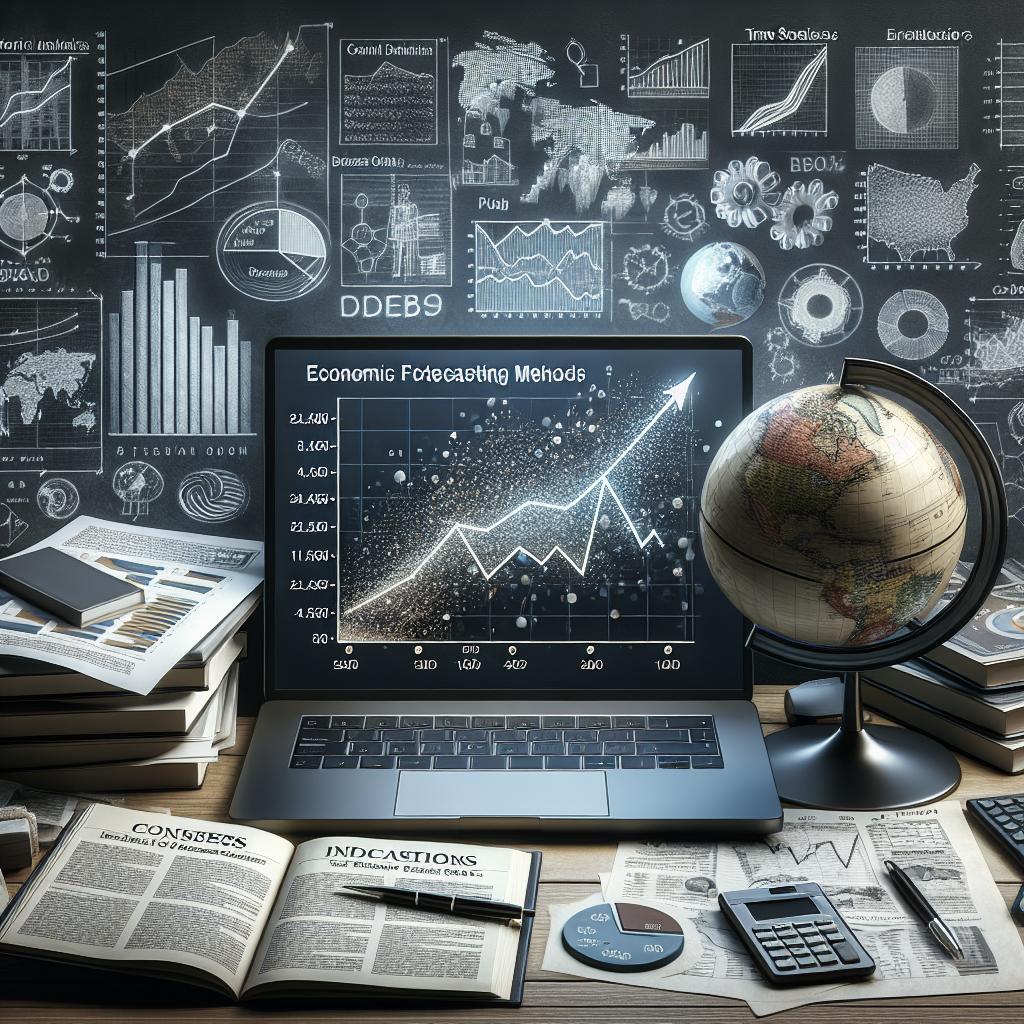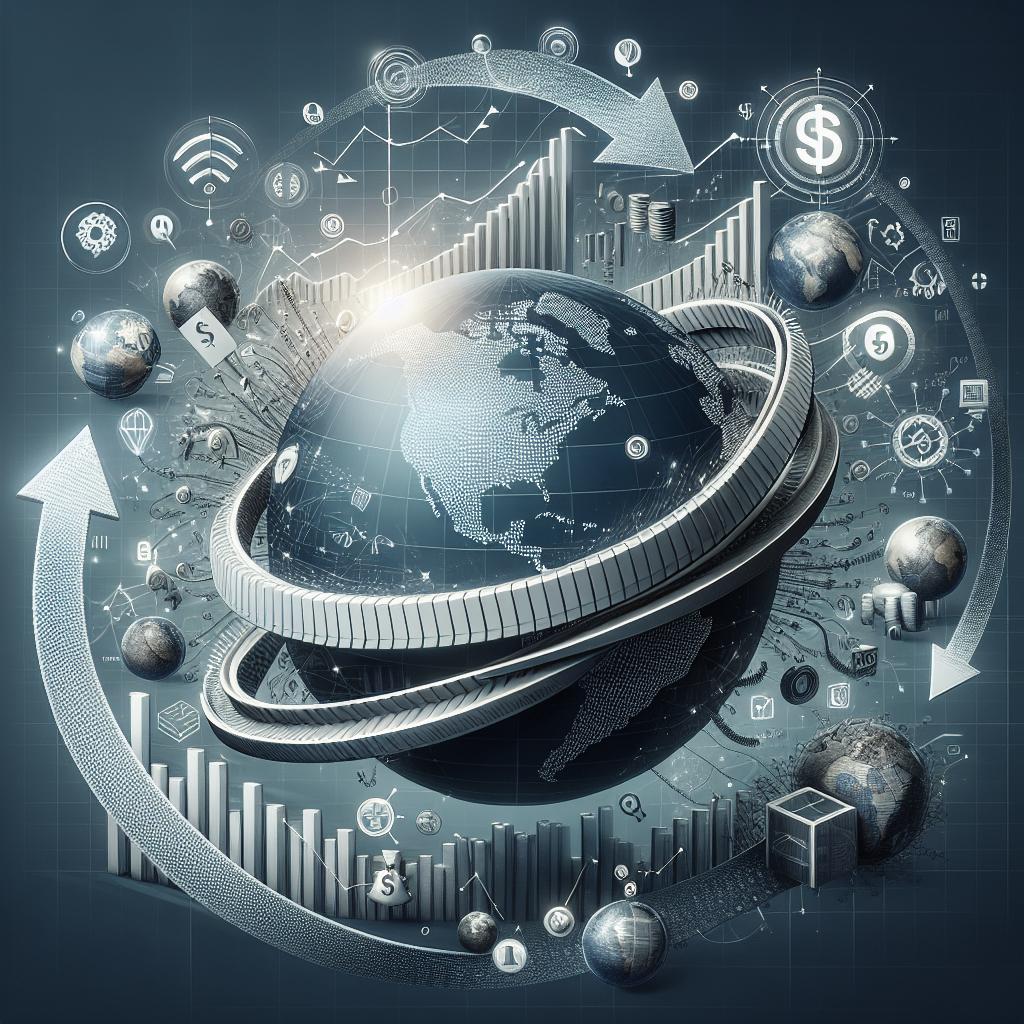Exploring Economic Forecasting Methods: Understanding the Future of Economies
Economic forecasting is a pivotal skill that helps governments, businesses, and investors anticipate what’s coming in economic terms. It synthesizes historical data, current trends, and predictive modeling to offer insights into future economic conditions. This article explores the mechanics of economic forecasting, its limitations, and special considerations one must keep in mind. We will also delve into the economic forecast for 2024, how to make such forecasts, and ways to measure economic growth. With a plethora of available data and sophisticated modeling techniques, economic forecasting plays an indispensable role, notwithstanding its challenges. We’ll summarize the essentials in a handy table detailing future prospects.
What Is Economic Forecasting?
Economic forecasting is the process of making predictions about future aspects of an economy. Using various statistical tools and models, forecasters analyze past and present data to project future economic indices such as GDP growth rates, unemployment, and inflation. It serves as a critical component for decision-making in both public policy and business strategy.
The practice of economic forecasting encompasses multiple approaches, from simple linear regression models to comprehensive econometric models. These forecasts are invaluable as they can inform fiscal and monetary policy, business investment planning, and risk management strategies for global economies.
How Economic Forecasting Works
The mechanics of economic forecasting involve gathering quantitative and qualitative data from diverse sources such as government reports, financial institutions, and global market trends. Forecasters use this data to create models that can simulate how economic indicators will behave in the future.
Key methods include time-series analysis, econometric models, and leading indicator approaches. Each method has its strengths, whether in capturing economic cycles or assessing the impact of potential policy changes. Technological advancements in big data analysis and AI are increasingly shaping the accuracy and efficiency of these forecasts.
Limitations of Economic Forecasting
Despite its utility, economic forecasting is fraught with limitations. The dynamic and complex nature of global economies means that any forecast is inherently uncertain. Unforeseen events, such as geopolitical shifts or natural disasters, can drastically alter economic trajectories, making accurate forecasting particularly challenging.
Moreover, economic models often rely on historical data which may not account for unprecedented changes in technology or consumer behavior. Thus, forecasts must be treated as educated estimates rather than infallible predictions. Regular updates and revisions are often necessary to reflect new data and insights.
Special Considerations
Economic forecasting requires considering certain special elements such as comprehending cyclical patterns, demographic shifts, and technological innovations. Analysts need to adjust forecasts in light of macroeconomic policies and global events that can have immediate impacts.
Another critical aspect involves the transparency and accessibility of data, which can vary significantly across different regions and sectors. The presence of reliable and timely data is imperative for making sound forecasts and remains a significant challenge, particularly in developing economies.
Key Takeaways
The complexity of economic forecasting demands robust models and constant adaptation to new information. While it provides valuable insights, the unpredictability inherent in economies necessitates a cautious interpretation of forecasts.
Important
Special considerations such as technological advances and geopolitical developments play a critical role in shaping forecasts. Thus, those relying on economic forecasts must stay informed about a wide range of global factors beyond mere economic data.
What Is the Economic Forecast for 2024?
The economic forecast for 2024 is subject to ongoing changes as conditions evolve globally. Key considerations include the recovery pace from recent global disruptions and the impact of monetary and fiscal policies implemented to stabilize growth.
Recent trends also suggest a potential for renewed growth driven by advancements in sectors like technology and green energy. However, lingering geopolitical tensions and climate change implications remain as possible hurdles to sustained economic improvement.
How Do You Make an Economic Forecast?
Making an economic forecast involves several steps. Forecasters begin by collecting relevant data from various sources such as national statistics bureaus, central banks, and international organizations. This data includes economic indicators like inflation, unemployment rates, and GDP.
Forecasters then employ different modeling techniques to simulate future scenarios. The accuracy of these forecasts is contingent upon the reliability of input data and the validity of the assumptions underlying the models. Continuous refinement and validation of these models are necessary to enhance their forecasting efficacy.
How Can Economic Growth Be Measured?
Economic growth is primarily measured using Gross Domestic Product (GDP), which represents the total value of goods and services produced in an economy over a specific period. GDP growth rate is a vital indicator of economic health, reflecting an economy’s capacity to expand and improve living standards.
Other measures include Gross National Product (GNP) and Net National Income (NNI), which consider production from nationals regardless of location and net income available in the country, respectively. These measures provide different perspectives on economic progress and are often used in tandem with GDP for comprehensive analysis.
The Bottom Line
Economic forecasting remains a crucial tool for anticipating future economic conditions despite its inherent challenges. As global economies become increasingly interconnected, the need for robust forecasting and analysis grows in importance for policymakers, businesses, and investors alike.


